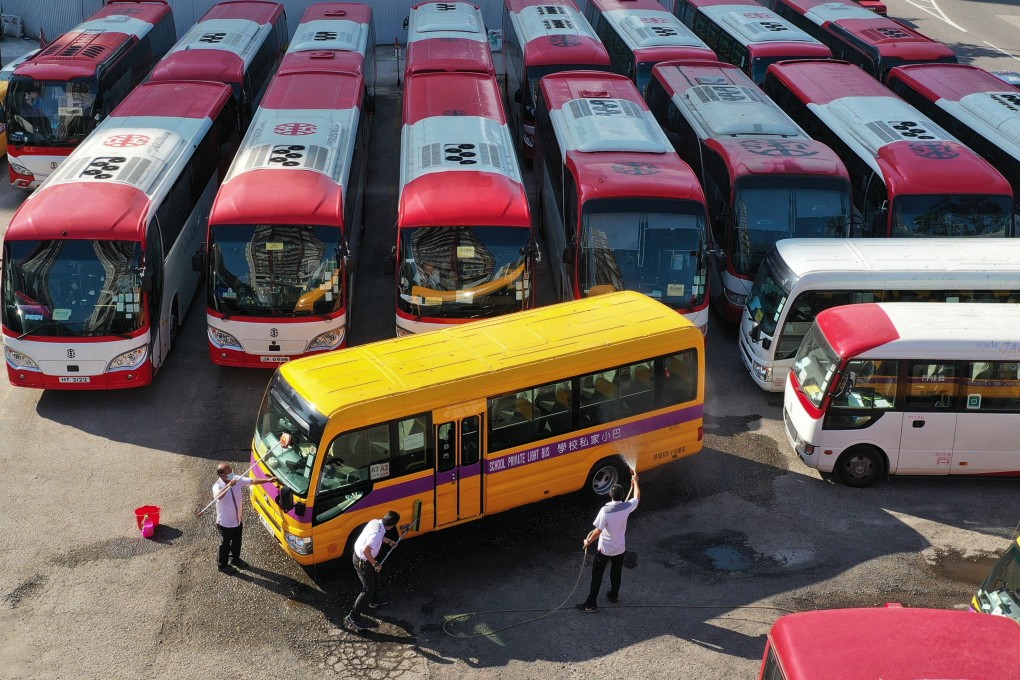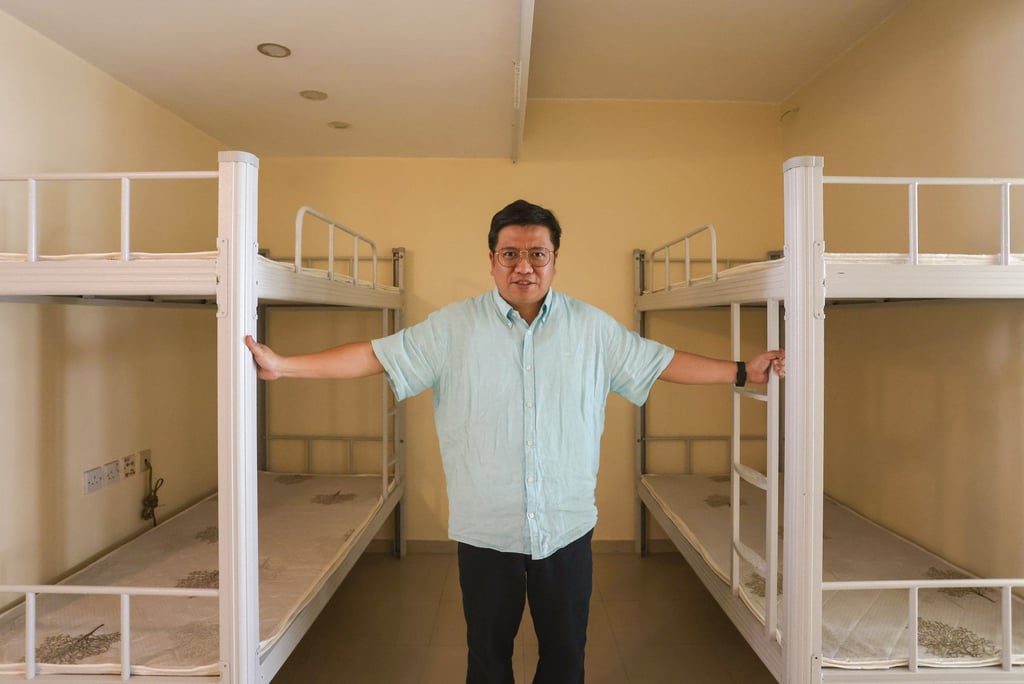Hong Kong transport operators facing labour crunch prepare for first batch of drivers from mainland China
- Almost 1,000 minibus and coach drivers approved to work in the city must clear driving tests first
- Transport bosses make plans to house new drivers and help them get used to the work culture in Hong Kong

Hong Kong minibus owner Eric Tse Cheuk-yu is ready to welcome 34 mainland Chinese drivers who will arrive soon.
He has rented a 600 sq ft (56 square metres) unit in Tsuen Wan with two toilets and seven bunk beds to house 14 workers and is looking for more flats for the others.
“It’s a great cost and has taken months of preparation. We hope to hire good quality drivers who can speak Cantonese and have professional driving skills,” he said.

His drivers are among 461 minibus and 508 coach drivers from the mainland approved by the Transport Department in September to work in the city under a new scheme to import labour.
Like other transport operators in the city, the owner of Hop Fat Light Bus had struggled to recruit locals for his fleet of about 90 minibuses. Tse now has more than 140 drivers, but said he needed 200.
He has already interviewed and shortlisted his new drivers from Guangdong province, all Cantonese speakers with at least a decade of driving experience.
They must clear a Hong Kong driving test to get their mainland licence converted to a local one.